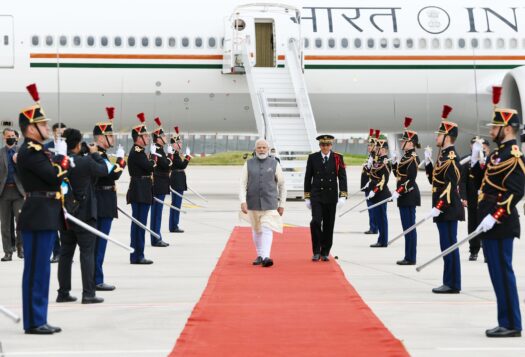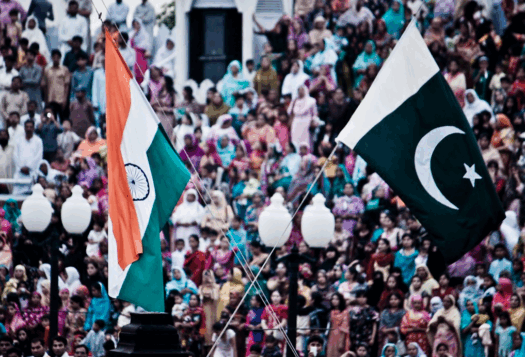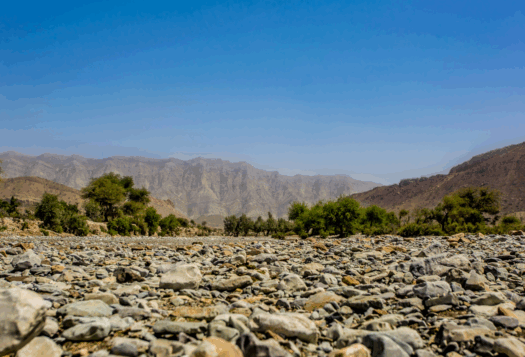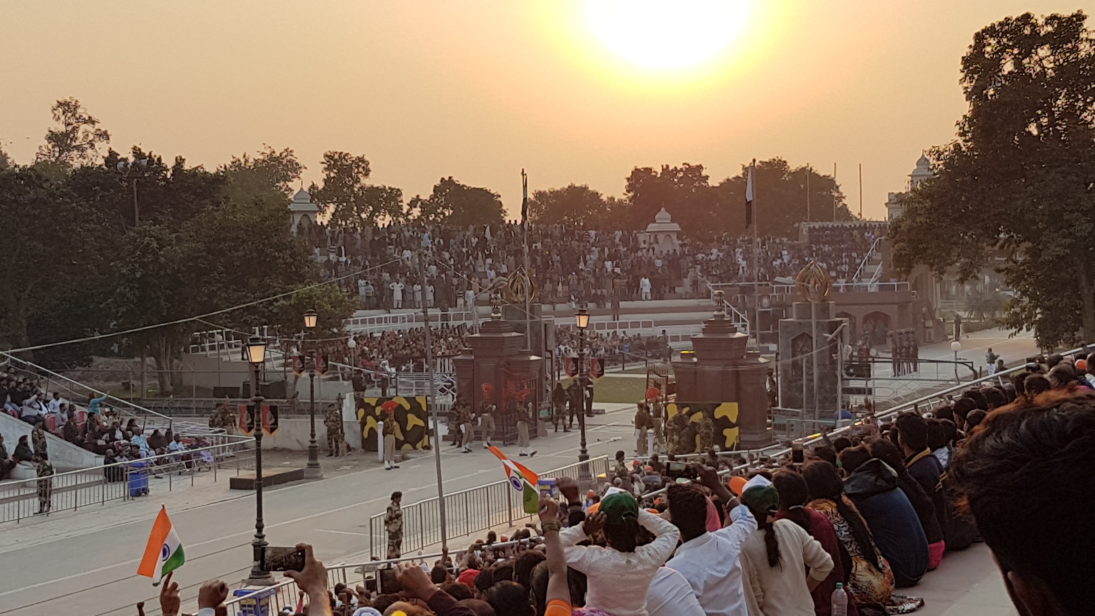
In April this year, Twitter was flooded with messages from Pakistanis expressing solidarity with Indians during the (still ongoing) second wave of COVID19. The outpouring of compassion not only stood in contrast to the usual hyper-nationalistic vitriol between the self-proclaimed cyber warriors of the two countries, but also to the election-obsessed Modi government’s jarring indifference and apathy towards its citizens. In the face of mounting shortages, a Twitter user from the city of Amritsar (a few kilometers away from India’s border with Pakistan) wondered why oxygen in the city could not be arranged from nearby Pakistan, rather than having to depend on a distant Delhi.
The tweet hinted at a hazy alternate conception of a South Asia where national boundaries are not the only metric of belonging and identity. It is always good to guard against naïve optimism that social media will bring about change in the face of hostile structural conditions. Yet, it is still worthwhile asking what role, if any, online discourse plays in the relationship between the two countries.
Seeing the other
For decades, politicians have paid lip service to the idea of fostering people-to-people contact between the two countries, but barring minor blips of hope, travel between the two countries remains difficult. In recent years, incidents such as the Pulwama attack and the Balakot aerial strike have dried up what was already a trickle of contact between the two peoples.
However, away from the gaze of governments and the blaring noise of jingoistic media, a quieter interaction between the two countries is taking place on the internet. The nature of this interaction is varied — on YouTube, Twitter, Facebook, and wherever they can read each other’s comments, Indians and Pakistanis are sharing stories of partition, street food, history, literature and popular culture. The pandemic has only cemented this trend; stuck at home, ordinary people from both sides of the border started to organize Zoom “baithaks” — a modern rendition of an old subcontinental assembly where people recited and interpreted poetry.
Overseas citizens have also played a key role; more accustomed to the cultural assimilation and religious pluralism of their foreign environments, many ascribe to a larger South Asian diasporic identity rather than a strictly nationalistic one.
As recently as a decade ago, it was only the urbane, affluent, and crucially, English-educated subsection of society that could access each other’s online discourse. While Hindi and Urdu were mutually intelligible in the spoken form, they differed in scripts. So for the vast majority of people in both countries, the “other” was interpreted through an elite comprising what Gramsci termed the ‘traditional intellectuals’ — with elements drawn from the intelligentsia, print/electronic media, and most importantly, the state.
In recent years, however, two important changes have taken place in both countries. First, with the spread of smartphones and a reduction in the cost of data, internet accessibility has increased in small towns and large swathes of the countryside. Second, audio-visual content has become the primary mode of consumption for a large proportion of these new netizens. This has helped circumvent another structural limitation that had barred citizens’ access to each other’s countries — literacy in reading Hindi or Urdu. Content on platforms such as YouTube in mutually understood local languages — Punjabi and Hindi/Urdu — has burgeoned. For instance, realizing that the generation that had experienced the violence and loss of the partition was in its last throes, YouTubers on both sides began interviewing elders about their stories, journeys, and the lands they had left behind.
This immediately struck a chord with a large number of people — both those who had experienced the partition and their descendants. Some YouTubers have even given video tours of their cities and old neighborhoods at the request of those who had left in 1947. For the first time, Indians and Pakistanis were seeing each other’s cities, villages, and everyday life in a manner that was not mediated by national or state media. Similarly, places of symbolic attachment deemed inaccessible due to the partition and travel restrictions, such as Muslim religious shrines in India and Hindu temples in Pakistan could now be “visited” by people on both sides of the border.
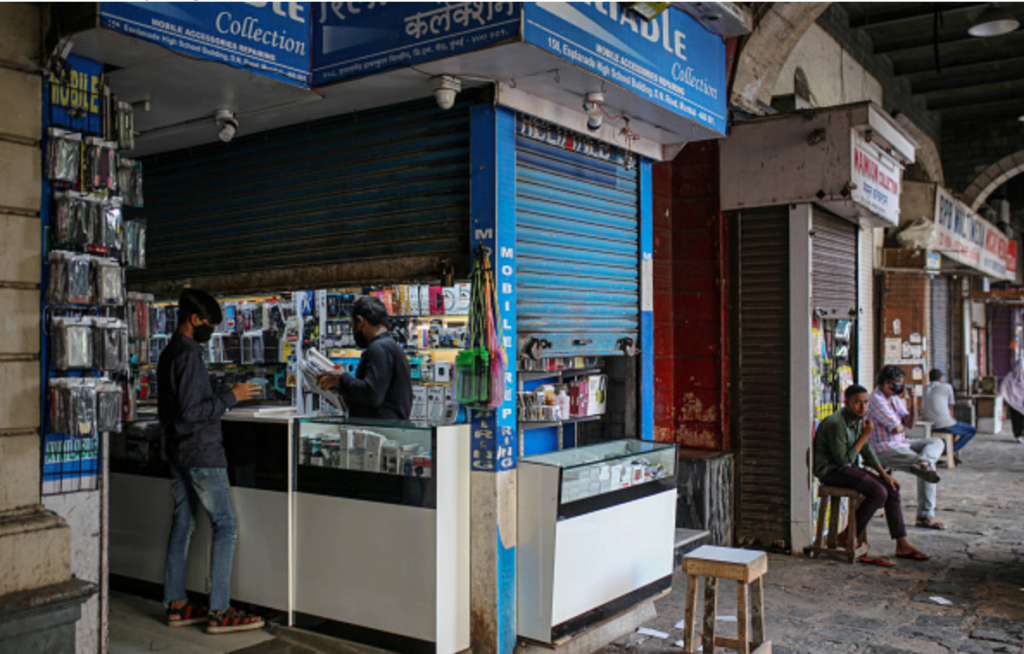
Predictably, the most consistently popular online content consumed by people on both sides relates to food and music. Channels catering to street food in one country are littered with comments from the other side, with people expressing their wish to travel across the Radcliffe Line. Similarly, a younger demographic has started producing “reaction videos“, where people listen to each other’s music or stand-up comedy, among other things, and react to it. A key reason for the success of these reaction videos is that they have an element of consensual voyeurism to them — they allow Indians and Pakistanis to see how the “other” perceives them and their culture. Overseas citizens have also played a key role; more accustomed to the cultural assimilation and religious pluralism of their foreign environments, many ascribe to a larger South Asian diasporic identity rather than a strictly nationalistic one. Some of them are exiles forced out of their homelands due to their political opinions. They have now used cyberspace to launch popular new platforms such as Naya Daur, a website that provides news and perspectives challenging the mainstream.
They’re watching YouTube — so what?
On the one hand, yes Indians and Pakistanis are discovering each other but at the same time, hyper-nationalism remains pervasive, electronic media has become even more jingoistic, and despite constant rumors of diplomatic backchannels, the relationship between the two countries remains frosty. It would be foolhardy to think that peace can come through YouTube videos. The specter of “hybrid warfare” is never far away, and organized troll armies on both sides are ever ready to begin a never-ending cycle of schadenfreude over other’s failures. This is often done with the active consent of the ruling establishment on both sides of the fence.
Hyper-nationalism remains pervasive, electronic media has become even more jingoistic, and despite constant rumors of diplomatic backchannels, the relationship between the two countries remains frosty.
Existing structures and the traditional intellectuals that support them can engineer teleological myths. In their imagination, the causal arrow of history is simultaneously linear in its certainty and circular in its pre-destiny. However, alternate discourses and latent forces that contradict and push against the weight of structures can stay under the surface for years before making their impact apparent. At the same time, it is also not necessary that every counter-hegemonic force necessarily “succeeds.”The alternate online discourse that has sprung up in recent years represents this counter-hegemonic potential. Engendered by organic (as opposed to traditional) intellectuals, or in other words, common people, it offers an alternative narrative of history, identity, memory and belonging that contradicts official state narratives on both sides of the border.
Finding hope in unease
Lest we see this as an ideological battle between two sections of society, it is important to remember that both the hegemonic discourse of states and the emergent narrative of the people may, and often do, sit simultaneously and uneasily together in the same person. However, the impact of cyber-solidarities is precisely in producing a sense of “unease.” By displacing the certainty of official narratives, these interactions play a major role in checking the influence of majoritarian and reductionist ideas that often prevail in both societies. At the same time, this online engagement has also led to a more direct political impact. A good example of this is the recent (and ongoing) farmers protest movement against neoliberal agricultural reforms in India. During the protests, Pakistanis took to cyberspace to express solidarity with their Indian brethren. This was different from the schadenfreude tipped sympathy that can so frequently be observed. It was empathetic, with uniquely personalized notions of solidarity. Above all, it showed what both societies were capable of beyond what their status quos repeated ad nauseum.
It is often said that it was Nehru’s speech in Moscow in 1955 that inspired Gorbachev towards a more democratic understanding of politics, which ultimately resulted in his adoption of glasnost and perestroika. There are however a hundred causal pathways that could have led to a different outcome, regardless of Gorbachev listening to Nehru’s speech — he may not have been elected as General Secretary, or who knows, there could have been a successful coup against him. But, on the other side of the equation, in the absence of an alternative understanding of politics in Gorbachev’s mind (as a result of the speech), there is no causal pathway that would have led to the outcome of the 1980s, even if the trajectory of his career had remained the same. And therein lies both the hope and precarity of ideas, whether in Russia or South Asia.
Editor’s Note: A version of this piece originally appeared on 9DashLine and has been republished with permission from the editors.
***
Click here to read this article in Urdu.
Image 1: Shankar S via Flickr
Image 2: Bloomberg via Getty Images
